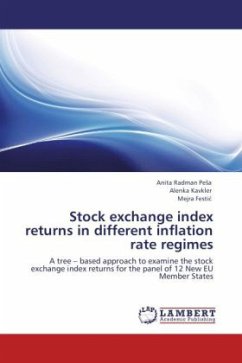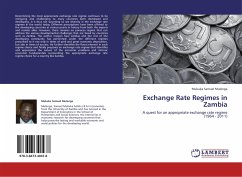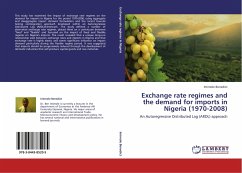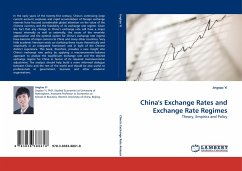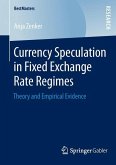In this paper, we apply a tree based approach to examine the stock exchange index returns for the panel of 12 New EU Member States in the last ten years. As explanatory variables we employ GDP, interest rates and other financial and macroeconomic variables. To obtain the tree structure of the model, the model-based recursive partitioning (MOB) algorithm uses the generalized M-fluctuation test to check for parameter instability. In our case, the algorithm yields three terminal nodes pointing to rate of inflation as the splitting variable. The results are discussed and interpreted in light of the current economic situation.
Bitte wählen Sie Ihr Anliegen aus.
Rechnungen
Retourenschein anfordern
Bestellstatus
Storno

